Peptide motif analysis predicts alphaviruses as triggers for rheumatoid arthritis
Autor(es): Hogeboom Charissa
Resumo: Rheumatoid arthritis (RA) develops in response to both genetic - environmental factors. The strongest genetic determinant is HLA-DR, where polymorphisms within the P4 - P6 binding pockets confer elevated risk. However, low disease concordance across monozygotic twin pairs underscores the importance of an environmental factor, probably infectious. The goal of this investigation was to predict the microorganism most likely to interact with HLA-DR to trigger RA under the molecular mimicry hypothesis. A set of 185 structural proteins from viruses or intracellular bacteria was scanned for regions of sequence homology with a collagen peptide that binds preferentially to DR4; c-idates were then evaluated against a motif required for T cell cross-reactivity. The plausibility of the predicted agent was evaluated by comparison of microbial prevalence patterns to epidemiological characteristics of RA. Peptides from alphavirus capsid proteins provided the closest fit. Variations in the P6 position suggest that the HLA binding preference may vary by species, with Ross River virus, Chikungunya virus, - Mayaro virus peptides binding preferentially to DR4, - peptides from Sindbis/Ockelbo virus showing stronger affinity to DR1. The predicted HLA preference is supported by epidemiological studies of post-infection chronic arthralgia. Parallels between the cytokine profiles of RA - chronic alphavirus infection are discussed.
Palavras-Chave: Alphavirus; HLA DRB1; Molecular mimicry; Rheumatoid arthritis (RA); STAT1 inhibition; Shared epitope
Imprenta: Molecular Immunology, v. 68, n. 2, Pt B, p. 465-475, 2015
Identificador do Objeto Digital: 10.1016/j.molimm.2015.09.010
Descritores: Chikungunya virus - Biosynthesis ; Chikungunya virus - Cell ; Chikungunya virus - Molecular structure ; Chikungunya virus - Pathogenesis ; Chikungunya virus - Proteins ; Chikungunya virus - T lymphocytes ; Chikungunya virus - Viral infections ; Chikungunya Virus - Virus ; Chikungunya virus - Epidemiology ; Chikungunya virus - Immunology
Data de Publicação: 2015








